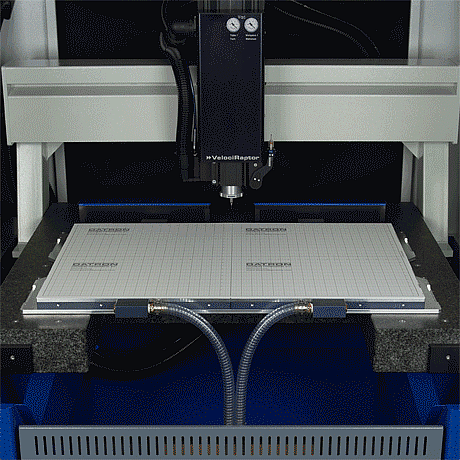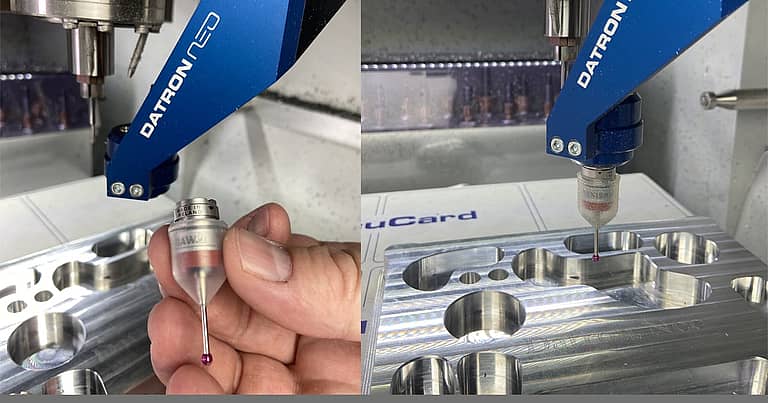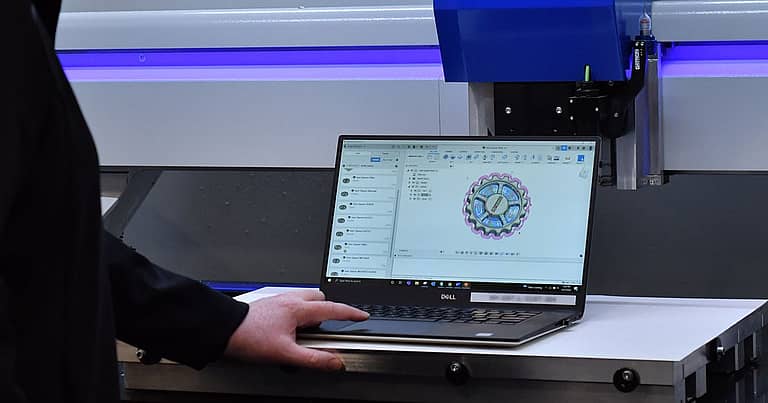
If you think of batch production as an endless shift of “part in, part out” you’re not alone. Certainly, machine operators responsible for loading blanks, machining them, and removing the finished part – over and over repeatedly – share the view that a shift can be mundane and at times even seem endless.
But, with the right equipment, batch production or batch machining can be cost saving for the manufacturer and liberating for the machine operator. Further, if planned carefully, batch production strategies can facilitate unattended production or lights out manufacturing which add to the cost savings realized by manufacturers.
The Batch Production “Ideal”
Using milling machines with large beds reduces operator intervention since they accommodate numerous or sizable “blanks” that can yield a full batch in a cycle time that coincides with the length of an operator’s shift. That way, the operator can place a batch on the machine in the morning and attend to other duties during the day. The automated machine works all day producing the needed pieces. Near the end of the shift, the operator removes the completed batch, sweeps down the machine, and sets up another batch to run unattended all night.
When the operator returns to work the next morning, he removes the batch that the machine produced overnight and starts up another one. This gets two shifts’ worth of work out of a single operator. This is the principle of “lights out” production — so named because the machine is left running overnight when everyone has gone home. Of course, this scenario reflects the batch machining “ideal”, since it keeps the machine operating unattended for most of the workday and at night. This may not fit your exact application but, the closer you can get to this ideal, the more efficient and cost-effective your operation will become.
Note: Achieving the highest degree of efficiency or the “ideal”, requires increasing the machine’s role in the process while decreasing the need for operator supervision. So, manufacturers striving to reach this ideal must employ the right machines and also identify alternative labor functions to fill the void left by the operator’s diminished role in production.
Unattended / Lights Out Production in Theory
Based on an 8-hour day, let’s say labor costs about $0.40 a minute and a machine costs about $0.20 a minute to operate. So, if you tie an operator to the machine with one-up production, your total cost will be $0.60 a minute. If you were to run two shifts, the machine would cost only $0.10 a minute, while the labor cost remains the same at $0.40 a minute. Although it’s a savings, it falls short of maximizing the impact on a manufacturer’s bottom line … and more can actually be saved. By setting up a machine to do the work without operator intervention during the second shift, the reduction in the labor cost brings the machine cost as low as $0.05 a minute.
While the cost of labor is something that the manufacturer cannot control, companies can still achieve substantial savings through batch machining that gets twice the production from a single operator with no increase in labor cost. This method can be expanded into “lights-out” production (one shift of unattended machining) to further reduce machine costs. Any form of batch machining is superior to one-up production and represents a “set it and forget it” method to achieve cost-effective, efficiency with machines that were designed to be automated in the first place. A machining center featuring a large working area (bed) and possibly automation offers a complete solution for batch machining that will directly and positively impact a manufacturer’s bottom line.






